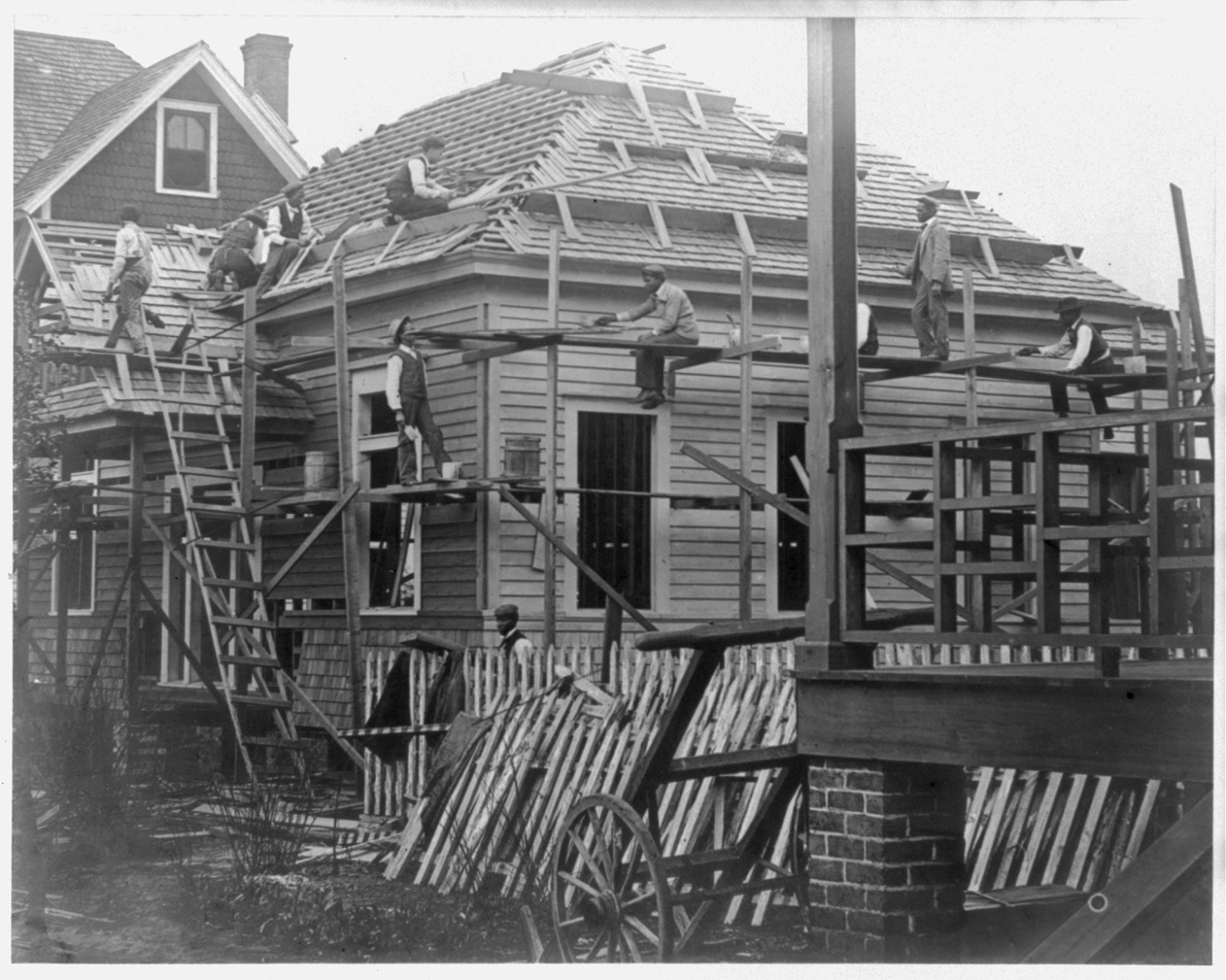The History of Scaffolding

Scaffolding has an interesting history and we bring you some highlights in this article. Anyone interested to learn more can undertake their own research on the Internet and a good source is Wikipedia.
Before standalone scaffolding systems were invented may buildings were designed with scaffolding in mind. This was known as the "putlog" system where recesses for wooden logs were built into the brickwork as shown below (the smaller recesses rising from left to right above the window).

Early structures used whatever material was available and the use of the steel piping we see today is a recent innovation. Indications are that the earliest structures may have been in use 17,000 years ago. These most likely used wood and hand made rope. In certain countries, bamboo structures are still commonly used. Bamboo scaffolding is still seen in developing Asian countries such as India, Bangladesh, Sri Lanka, and Indonesia.

Modern-day scaffolding standards, practices and processes can be attributed to Daniel Palmer Jones and David Henry Jones. Until they patented their inventions in the early 20th century, scaffolding was erected by individual firms with wildly varying standards and sizes. Mark Jones, founder of Ideal Scaffolding does not claim any connection despite sharing their surnames!
Interestingly the first frame system was brought to market during the second world war. It was used extensively for the postwar reconstruction.
Today's Scaffolding Standards
The performance requirements and methods of structural and general design for access and working scaffolds are covered by the European Standard, BS EN 12811-1. This mainly covers scaffold structures that rely on the adjacent structures for stability but the principles apply more widely.
The basic components of scaffolding are tubes, couplers and boards. The commonest tubes are galvanised steel although there are some made from Aluminium which are lighter but not as strong. Couplers have been designed for quick assembly and no longer rely on nuts and bolts. Timber scaffold boards in the UK should comply with the requirements of BS 2482 but come in various materials and thicknesses. Nowadays, putting up scaffolding is a bit like using an old fashioned Meccano set.

We have divided the information on our forthcoming new website into the following services to help you to find the information you need:
- Tubes & Fittings
- System Scaffold
- Scaffolding Design
- Scaffolding Inspection
- Satellite AerialInspection and Realigning
- Hire & Sales
- Labour Only
We have also divided the markets that we serve in the following sectors
- Aviation
- Rail
- Commercial
- Industrial
- Food Industry
- Highways
- Domestic
The new website is under construction and we hope that it will be published early in the New Year.